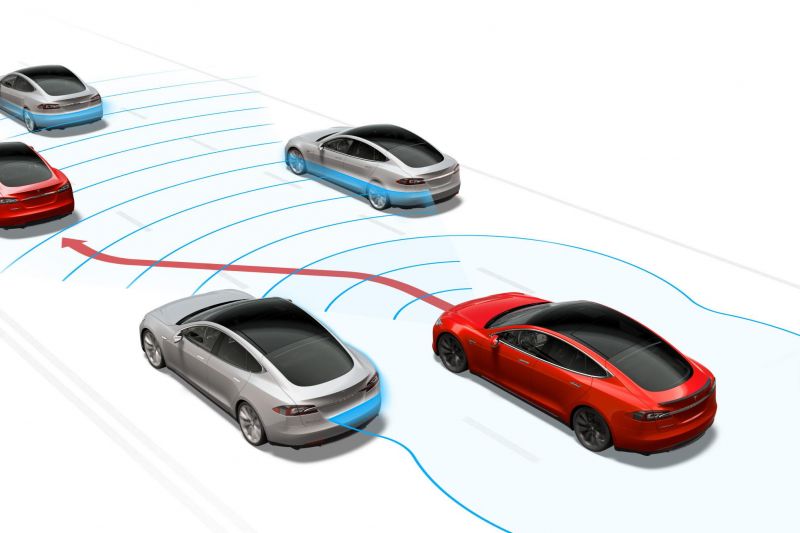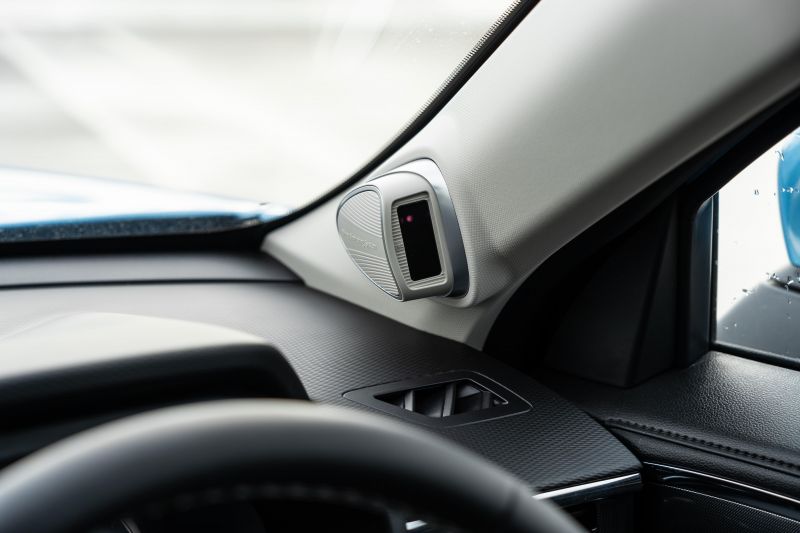A coalition of American automotive industry bodies wants to make life easier for new car buyers by asking automakers to use clearer terminology for active safety and driver assist technology.
The coalition has released a set of expanded and updated recommendations for universal terms for advanced driver assistance systems (ADAS), such as autonomous emergency braking, and is calling on automakers, journalists, and regulators to use them.
Bodies involved include the American Automobile Association, itself a federation of different motor clubs in the US, as well as J.D. Power, Consumer Reports, the National Safety Council, and SAE International (formerly the Society of Automotive Engineers).
Referred to as Clearing the Confusion, the effort started in 2019 with a list of standardised names which were in turn endorsed by the US Department of Transportation in January 2020.
“The terminology used by automakers to describe ADAS features varies widely, which can confuse consumers and make it difficult to understand the vehicle’s functions,” the group said in a statement.
“Further, when the capabilities of vehicle safety features are overstated or misrepresented with marketing language designed to reel in buyers, consumers may over-rely on these systems.
“Establishing common language for ADAS helps ensure drivers are fully aware these systems assist, not replace, an engaged driver.”
While it didn’t address Tesla by name, that statement seems like a veiled reference to the company’s Autopilot Level 2 autonomous driving feature.
Said feature has been embroiled in controversy, with a German court ruling Tesla can’t use the name, the US National Highway Traffic Safety Administration opening a probe into 11 crashes, and drivers in both the US and in Australia blaming the feature for causing collisions.
Tesla has attempted to address issues by deploying a software update said to detect driver inattentiveness.
Though the coalition hasn’t called for its terminology to be mandated for use by all automakers, it’s calling for these universal terms to be included on window stickers, within owner’s manuals, and on marketing materials.
The latest recommendations centre on driver monitoring systems, with the coalition calling for the use of three terms.
Per its definition, Indirect Driver Monitoring Systems observe inputs and motions such as the movement of the steering wheel or the vehicle’s sway within the lane and warn the driver.
A Direct Driver Monitoring System, in contrast, monitors the driver’s eye or head movement, while a Driver Re-engagement System warns an unresponsive driver before bringing the vehicle to a full stop while maintaining steering control.
These features are classified under the Driver Monitoring category, one of six categories that also includes the previously agreed-upon terms found within Collision Warning, Collision Intervention, Driving Control Assistance, Parking Assistance, and Other Driver Assistance Systems.
You can view a full list of these terms here.
The glossary draws a distinction between Lane Keeping Assistance and Lane Centring Assistance, and includes the term Active Driving Assistance for Level 2 autonomous driving features like Tesla’s Autopilot that combine Lane Centring Assistance and adaptive cruise control.
Research by the AAA says consumers in the US may find as many as 20 names for a single ADAS feature.
It’s no less confusing in the Australian market.
While AEB is the industry shorthand term for this common feature, brand specific terms include, but are not limited to: Pre-Collision Safety System (PCS), Smart Brake Support (SBS), Forward Collision-Avoidance Assist (FCA), Forward Collision Mitigation (FCM), and Collision Mitigation Braking System (CMBS).
MORE: 22 names for the same safety feature: How car brands confuse us







